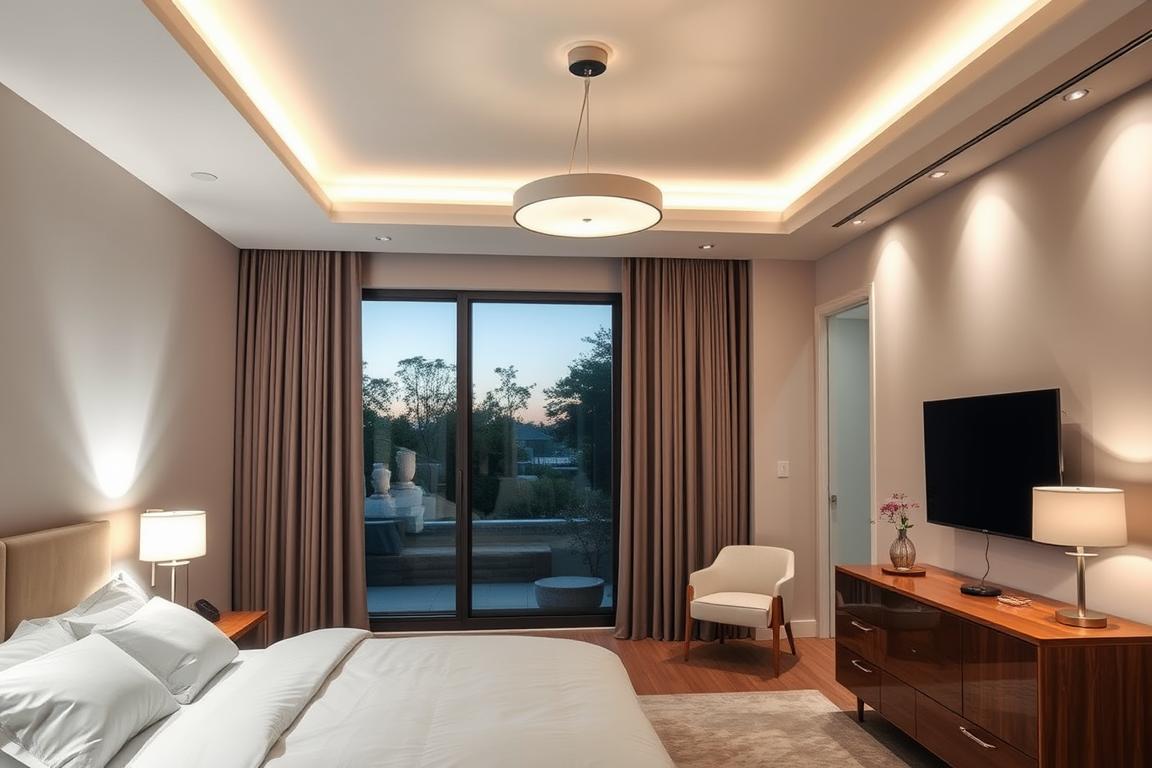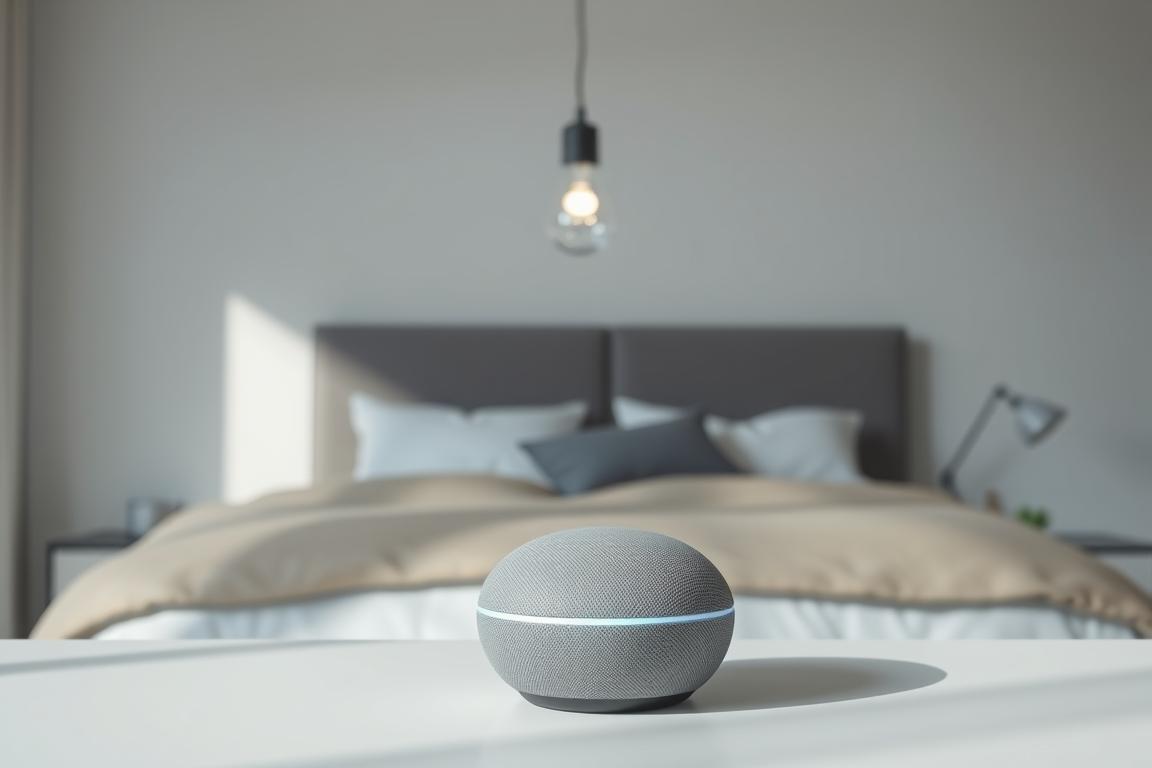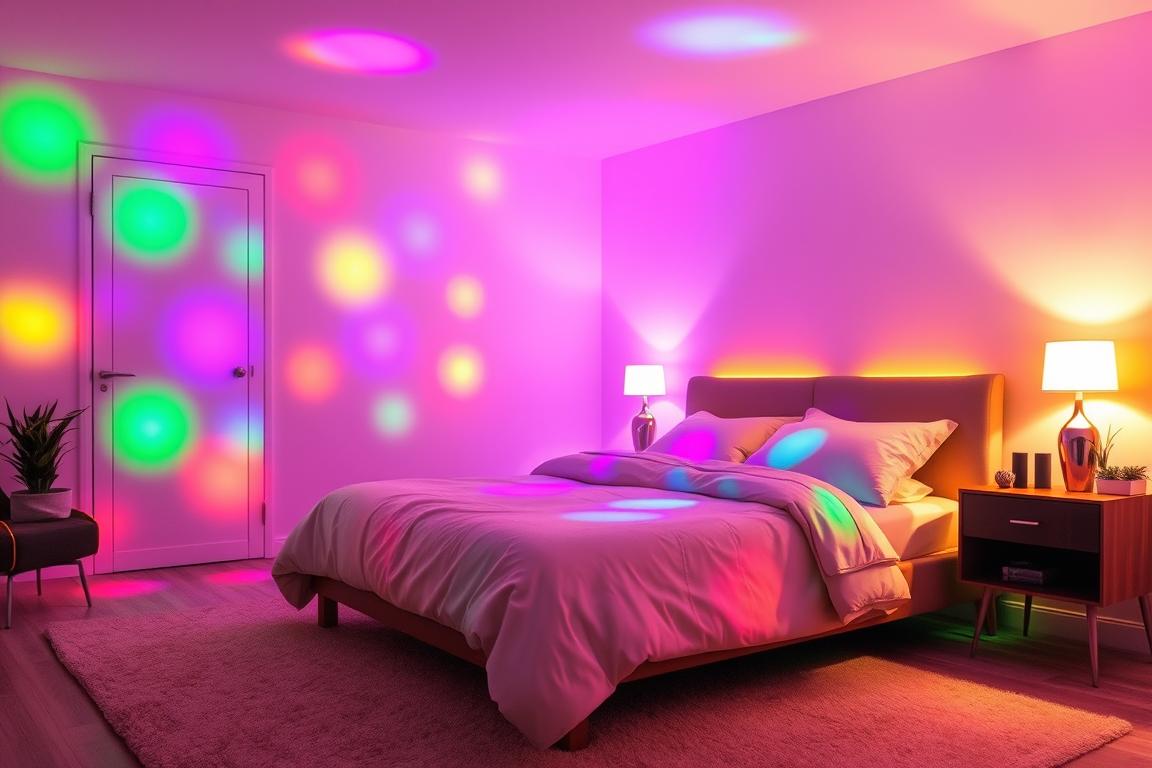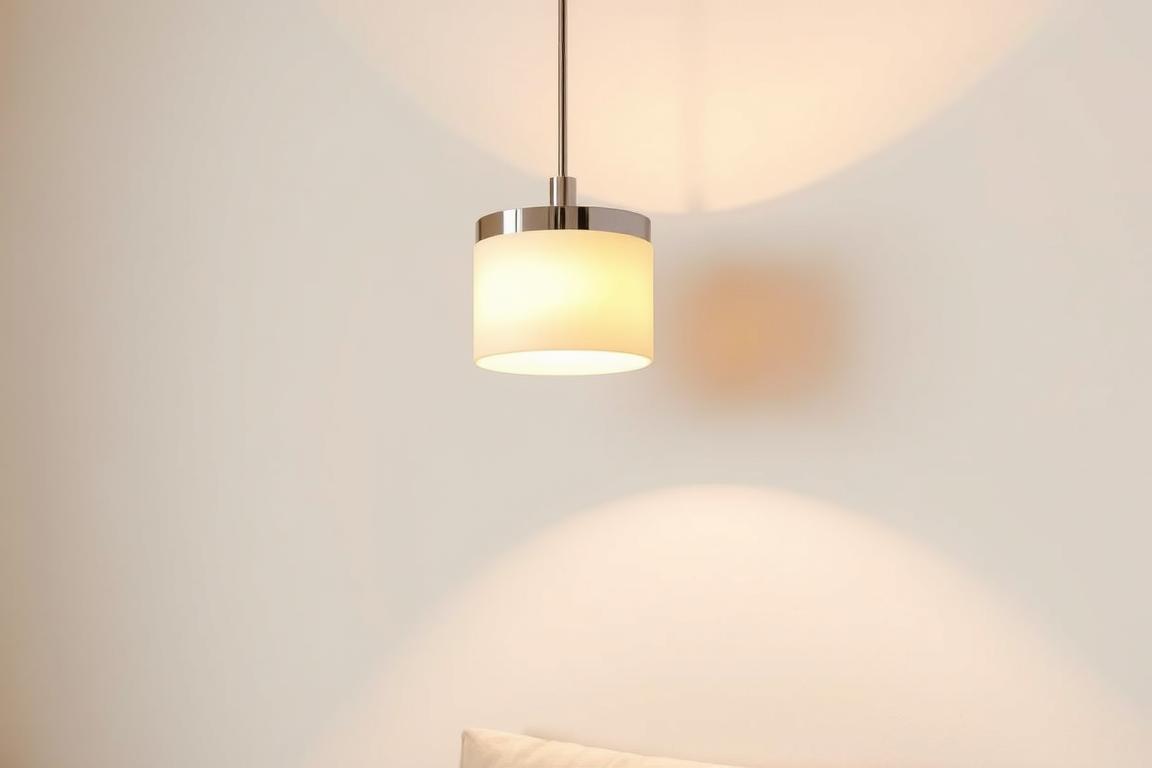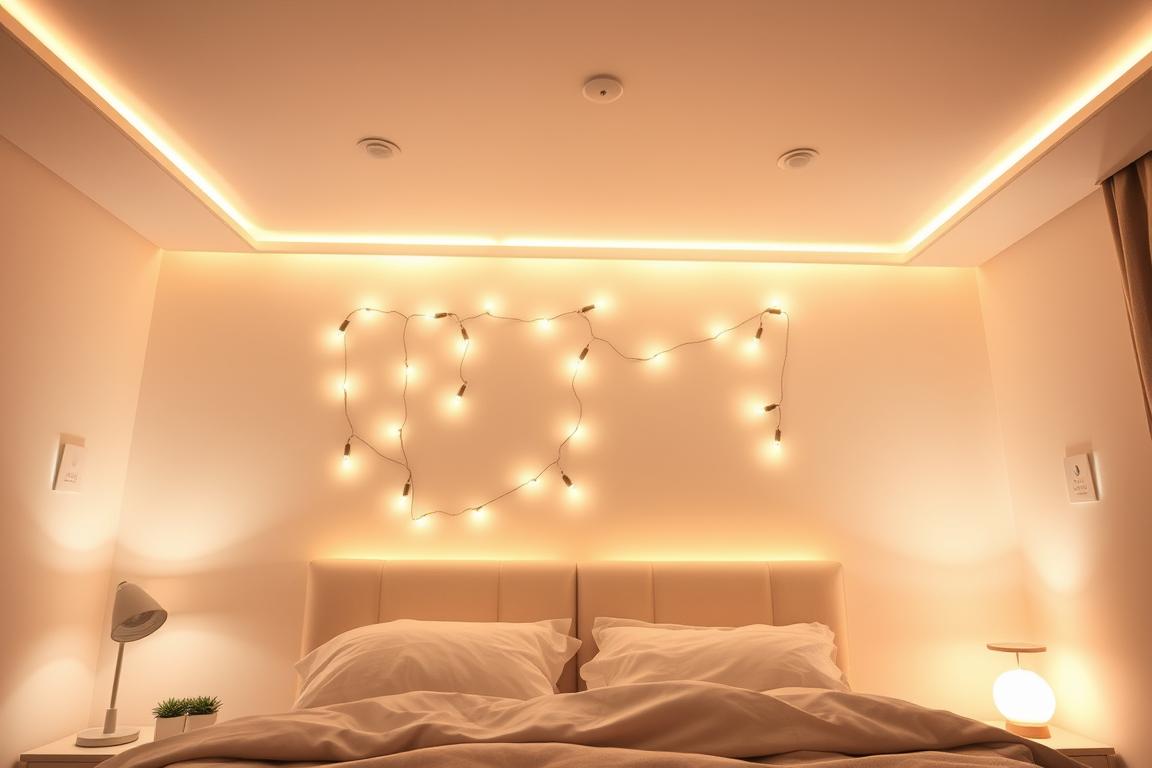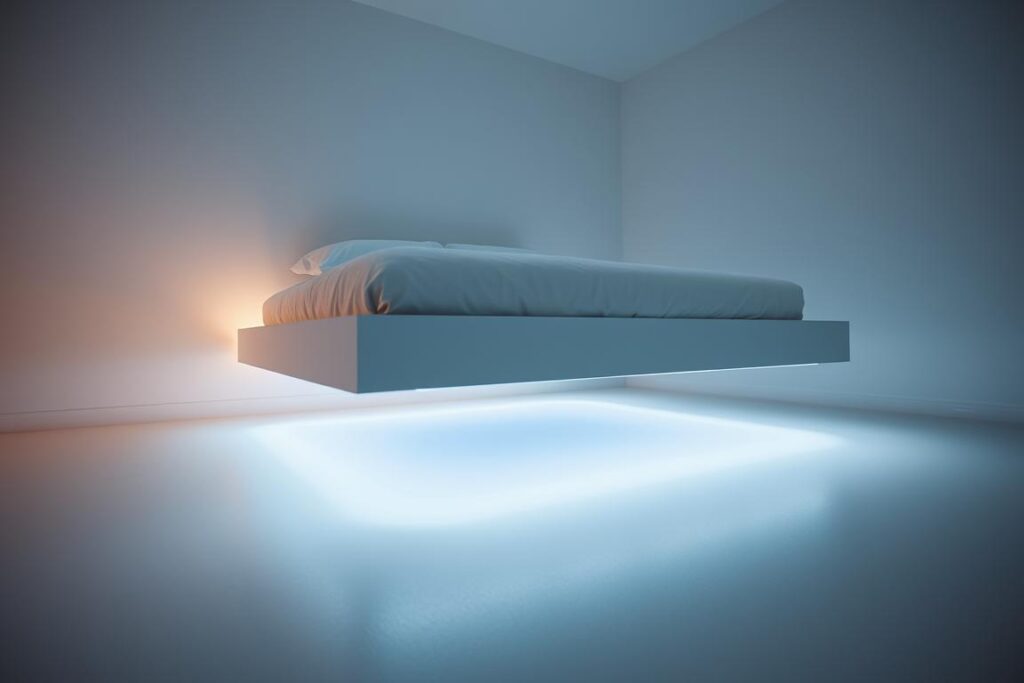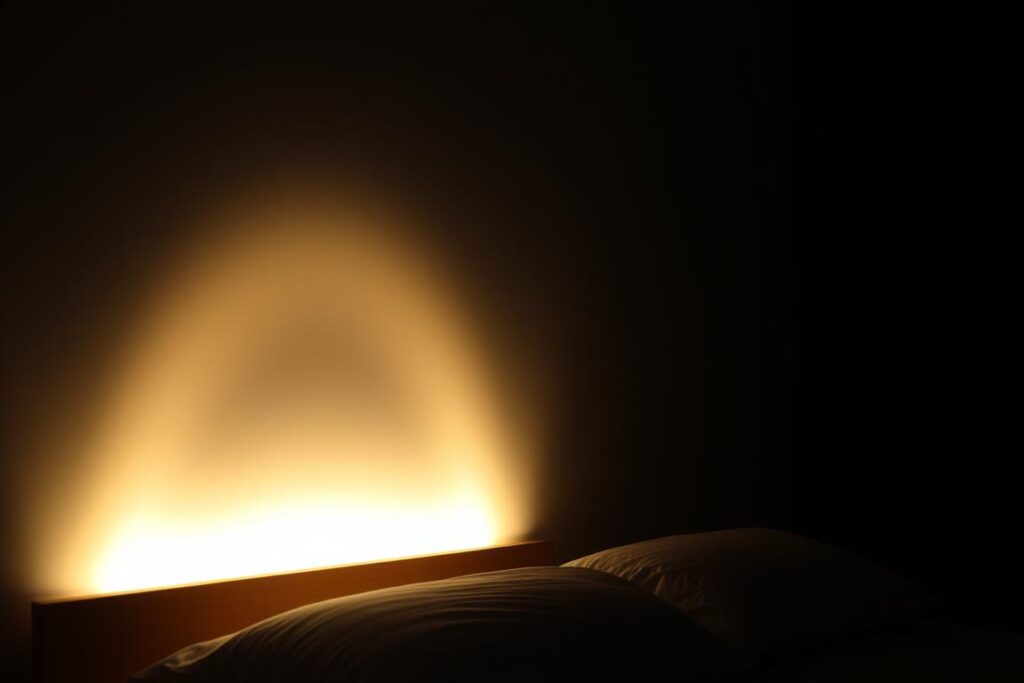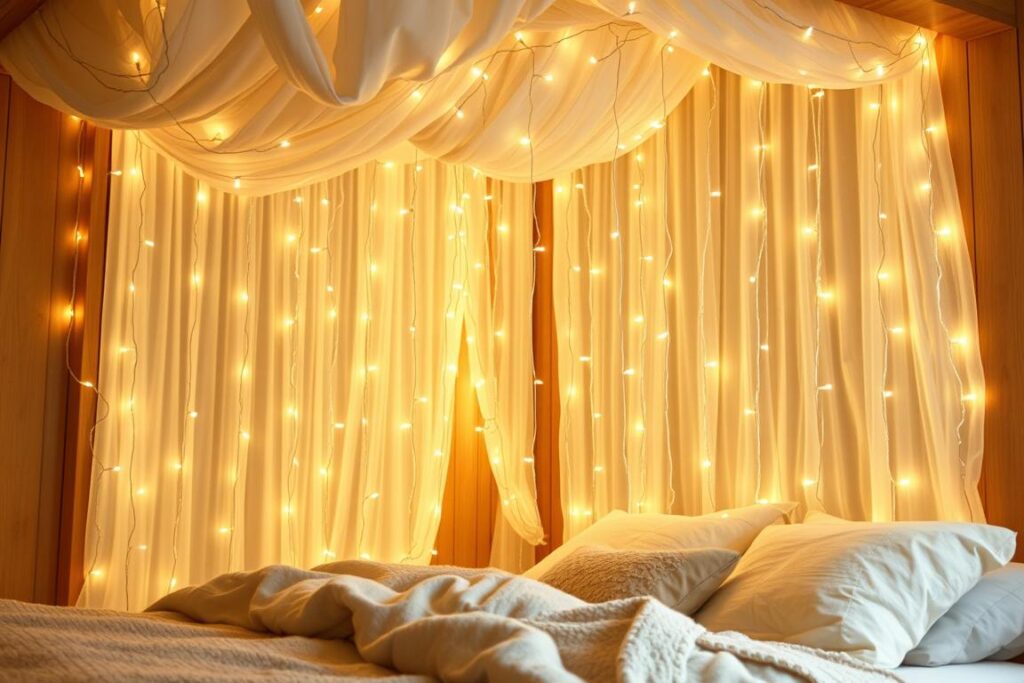How to choose a Mattress: 7 friendly steps for 2025
Updated: August 25, 2025
If you’ve been wondering how to choose a mattress, the secret is simple: match your sleep position and body type to the right firmness, then pick a material—foam, hybrid, latex, or springs—that brings you the comfort, support, and budget fit you need for peaceful sleep.
Want to skip ahead to popular picks? Start with our memory foam vs spring mattress guide, compare brands in our Casper vs Purple comparison, or see our best mattresses for side, back, and stomach sleepers. If you run hot, our cooling mattress guide highlights breathable picks.
Think of your mattress as the foundation of nightly comfort—it should align your spine while easing pressure points. Your sleep position, body weight, and temperature needs shape the feel you’ll love. Side sleepers usually need more cushioning, while back and stomach sleepers benefit from firmer support. Hot sleepers tend to do better with breathable covers and coils.
Key Takeaways
- Begin with sleep position and body type before choosing firmness.
- Foam hugs, springs bounce, latex feels buoyant—materials shape the experience.
- Cooling, motion isolation, pressure relief, and edge support all matter for comfort.
- Choose a budget tier, then double-check trial and warranty terms.
- Keep this phrase in mind—how to choose a mattress—as your checklist.
How to choose a mattress: 7 friendly steps
- Start with your sleep position. Side, back, stomach, or combination—this guides firmness and support needs.
- Match firmness to your body type. Lighter sleepers often prefer softer beds; heavier sleepers usually need firmer support.
- Pick your material. Foam for contouring, springs for bounce, hybrids for balance, latex for breathable lift. For deeper details, see our memory foam vs spring mattress guide.
- Focus on feel. Wake up sore? Prioritize pressure relief. Hate feeling “stuck”? Choose a responsive surface. For quick picks, our position-based mattress guide simplifies choices.
- Think about cooling and motion control. Hot sleepers or couples often need breathable covers, coils, or motion-isolating foam. Explore our cooling mattress guide for tested options.
- Set your budget sweet spot. Mid-range models usually offer the best value, while premium adds durability and luxury touches.
- Check trial and warranty. Look for at least 90–120 nights of trial and a 10-year warranty with clear coverage terms. Not sure which brands stand out? Our Casper vs Purple comparison breaks it down.

A quick firmness scale helps match your body type and sleep position to the most comfortable feel.
Side sleepers
Medium-soft to medium firmness with cushioned hip and shoulder support. Memory foam and plush hybrids are often the coziest choice.
Back sleepers
Medium to medium-firm mattresses keep the spine aligned. Zoned coils or dense foams help prevent sagging and morning stiffness.
Stomach sleepers
Firmer surfaces with reinforced cores are best here—keeping hips lifted and lower backs supported.
Combination sleepers
Responsive latex or medium hybrids make it easy to change positions without feeling trapped in the bed.
Need more tailored picks? Our sleep position guide covers detailed recommendations.
Materials, cooling, and movement
Materials dictate temperature, pressure relief, and bounce. If you’re learning how to choose a mattress for your needs, start by matching these traits to how you sleep.
Foam: Snug contouring, great motion isolation—just be sure density is high enough for durability.
Springs: Classic bounce and airflow; newer pocketed coils minimize partner disturbance.
Hybrid: The best of both worlds—coil support with foam or latex comfort layers.
Latex: Naturally bouncy, breathable, and durable—ideal for hot sleepers and restless movers.
- Foam vs Springs: Foam = pressure relief & motion control; Springs = bounce & airflow.
- Hybrid vs Foam: Hybrid adds stronger edges and cooling; Foam keeps a deeper, “huggy” feel.
- Latex vs Hybrid: Latex feels buoyant and cool; Hybrids feel balanced with extra edge support.
Cooling tip: Hot sleeper? Look for breathable covers, gel-infused foams, or coil layers that let air flow. See our cooling mattress guide for more options.
For couples: Motion-isolating foam or pocket coils help when one partner moves. Reinforced edges mean more usable space without rolling off.
For trustworthy sleep-health basics, the Sleep Foundation outlines healthy sleep tips, and AASM shares best practices. If you’re shopping for safer materials, scan recognized labels with this mattress certification guide and see this roundup of non-toxic mattress options.

This cutaway shows how coils and breathable foams improve airflow and edge stability.
Budget, trials, and warranties
Choosing a mattress isn’t just about price—it’s about lasting comfort and peace of mind. Here’s how to think about it in practical terms.
Budget tiers: Value options work well for lighter sleepers or guest rooms. Mid-range often offers the best balance of quality and cost. Premium brings advanced cooling, zoning, and longer durability.
Trial & returns: Aim for 90–120 nights. Make sure returns are easy and pickup is included.
Warranty: Look for 10+ years with clear sagging coverage. A transparent policy means less worry down the road.
FAQ
What mattress firmness is best for side sleepers?
Most side sleepers like medium-soft to medium beds that cushion shoulders and hips while keeping the spine aligned.
How often should I replace my mattress?
Plan on about 7–10 years. If you wake with aches, see deep body impressions, or sleep hotter than before, it may be time.
Is a hybrid mattress better than memory foam?
It depends on your priorities. Hybrids sleep cooler and feel bouncier; memory foam excels at pressure relief and motion isolation.
How to choose a mattress if I’m a combination sleeper?
Pick medium firmness with responsive materials (latex or hybrid). You’ll get easy movement without losing pressure relief.
Conclusion
If you’re figuring out how to choose a mattress, begin with your sleep position and body type, pair it with the right material for your needs, and confirm fair trial and warranty terms. The real test comes from sleeping on it at home—not just five minutes in a store. For more cozy guidance, explore Cozy Bed Quarters.

Try a few firmness levels in person, then let the at-home trial confirm your best match.

